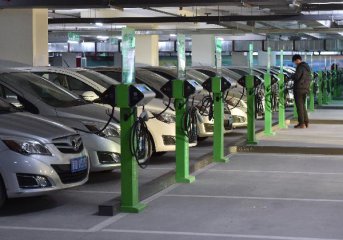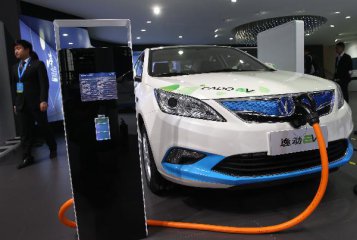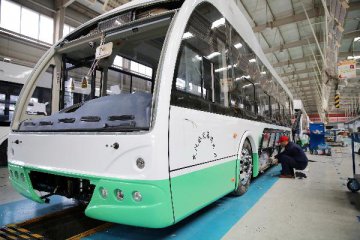
China is to gradually replace cash subsidies for new energy vehicles (NEVs) with more marketized ways. Related departments hope to force NEV enterprises to accelerate innovation and improve market competitiveness via raising threshold for obtaining subsidies, disclosed officials and experts from the National Development and Reform Commission (NDRC), Ministry of Industry and Information Technology (MIIT) and Ministry of Finance (MOF).
Lured by an enormous amount of subsidies, domestic NEV industry has witnessed leapfrog development in recent years, with annual sales skyrocketing from less than 500 units in 2009 to 300,000 units in 2015.
During the first seven months of 2016, China had sold 207,000 units of NEVs accumulatively, surging 122.8 percent year on year and making China the largest NEV producers and consumers in the world. "However, a lot of enterprises produce NEVs for subsidies," noted He Guangyuan, minister of the former Ministry of Machinery Industry.
Previously, an official with the MOF disclosed that China had granted 7 billion yuan of fiscal subsidies for NEVs in 2014. Plus various kinds of local government subsidies, total subsidies granted in the year had amounted to 10 billion yuan.
Wu Wei with the Industry Coordination Department of the NDRC pointed out that domestic NEV industry has been trapped in low-level and redundant production, with quality, product security and core technology not so competitive. "Long-term subsidies have made enterprises reluctant to innovating and upgrading technology," said Song Qiuling with the MOF.
Besides this, administrative measures on NEV carbon quota are likely to go public in the near future. According to the draft version, by 2020, petroleum consumption of vehicles should be reduced to 5 liters per 100 kilometers from the 6.9 liters per 100 kilometers in 2015. Enterprises that fail to meet the standard will be punished but allowed to purchase quota from those with surplus quota.
Industries > Consumer Products and Services
























Latest comments